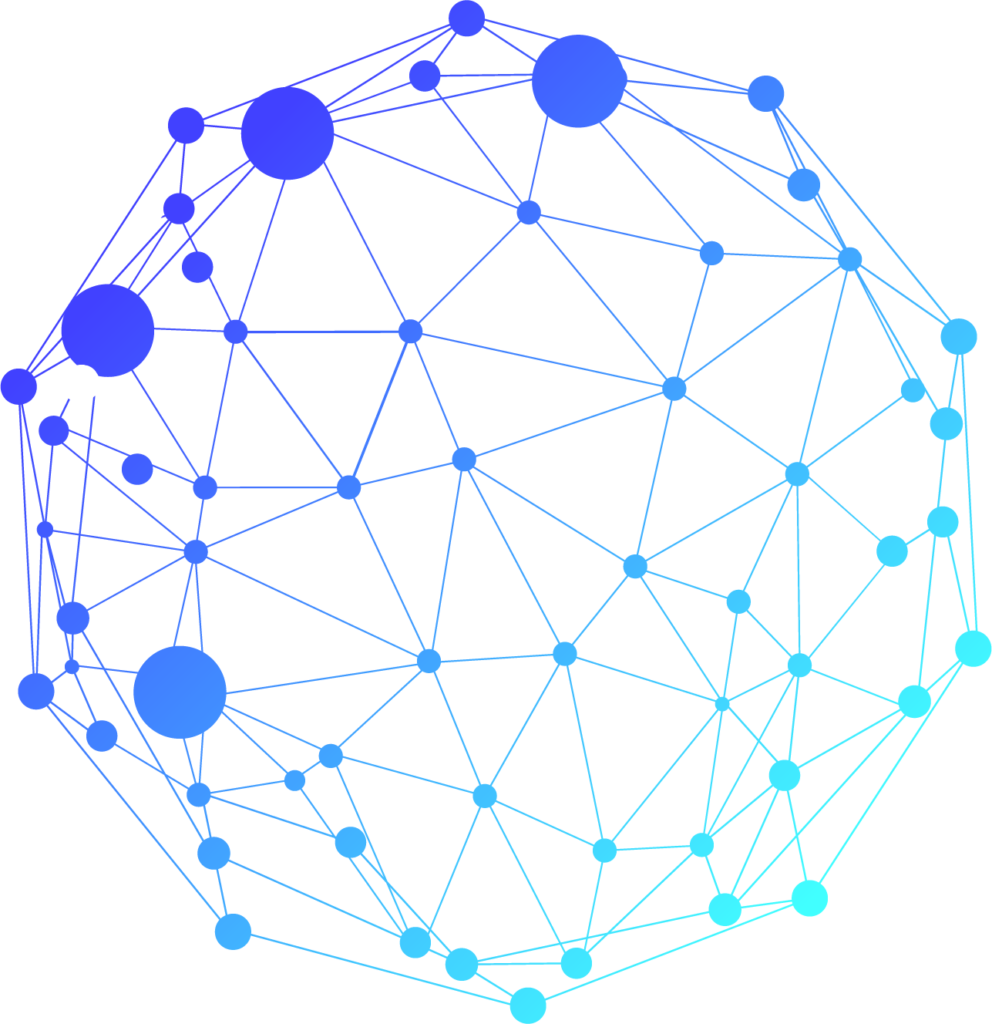
The health area is characterized by the management of huge data volumes. What if those data are processed and provided to the health professionals and their patients or, even to the health system at large? Not only one, two, three patients are healed but also it enables to enhance the population’s health, in general. This level of analysis of information, due to its wide variety and speed, saves lives in the health world.
When Big Data got involved in the health industry, endless opportunities and challenges emerged causing continuous progress. At the same time, it created a revolution in the medical world because it proposes alternative ways to collect clinical evidence.
Its use implies a great progress in all areas, such as pharmacoepidemiology, in response to pharmacological treatments according to genetic profiles or lifestyles; prevention and forecasting of risks adverse reactions of medications; enhancement of the adherence to treatments; and consequently, an exponential growth of results in health. Likewise, costs reduction is evident.
One of the greatest challenges is the privacy of the information managed, which is sensitive. Having in mind that current technological systems are not properly prepared to contain Big Data projects, it will be essential to adequate the infrastructure and communications accordingly.
This is why we participated of the “Big Data & Healthcare Analytics Forum” which took place on the 14th and 15th June in San Francisco. Our aim was to be up to date, make networking and get in touch with innovative ideas. The audience was varied: from nurses up to data scientists, all interested in participating, meet new people and, of course, listen to the speakers.

Below, we will make a summary of the issues that most interested us. If you want to see all the congress lectures, you may do it here.
Triple Aim
In almost every track you could see this graphic, a representation of the triple aim to comply and how to achieve its balance point.

Population Health
Population Health refers to the health’s overview of the population, not only based on the patient. Many of the diseases that individuals suffer are shared by others, as well as its causes, cultural elements, etc. several lectures named this issue, specifically “Managing Population Health with Science, Analytics, and QI”
Reduce readmission index
Each visit to the doctor has a cost, wherefore unnecessary visits are an obstacle for the availability of resources for other patients that really need them. In this lecture they explained that in Baystate Hospital, 45% of the visits are “unnecessary” so the lecture was basically focused in PA (Predictive Analytics) and in the experience they were carrying out specifically in that health center. “Applied to healthcare, predictive analytics uses technology and statistical methods to search through massive amounts of information, analyzing it to predict outcomes for individual patients”, explained the speaker. What drew our attention was the amount of information that they add in their predictive models (see next image).

Treatment based in evidence is increasingly more relevant
In this lecture, they exposed the 4 factors that affect the most the treatment readmission of patients with hypertension:
- The level of diastolic blood pressure.
- The patient’s age.
- The year the physician graduated from medical school.
- The amount of target-organ damage.
As you can see, the third factor draws attention since it is not related with the patient. The conclusion was that the education of the “oldest” doctors used to be focused in their experience and the education of the younger professional is based on “academic advances”. In the words of Charles Macias: “Wide variations in practice are often not related to differences among patients” and to improve the treatment quality these variations should be minimized:
- Variation in response when evidence is lacking
- Variation in beliefs
- Variation in interpretation of evidence
Data governance
Although there was not a lecture exclusively about this subject, more than once it was mentioned the fact of “breaking down the silos” of information, this is, to collaborate and be able to achieve a general view or enterprise. Some create centralized committees to have more and more crossed information between prepaid medical cares, suppliers and public health, since, although each organization collects specific information, they could benefit from the information of others. Shortly, genomes will appear since the sequencing of a genome is increasingly cheaper. Also, we have the scenario where the information “travels” with the patient in his/her cellphone which opens a range of new opportunities to the traditional scheme of EMR.
Precision medicine
In this track we received a lot of information about the human genome, that nowadays we can benefit from the genome to improve our health. The costs for sequencing the genome are decreasing and it is believed that we are not far from the fact that each person may carry his/her genome in his/her mobile device which would open a great range of opportunities for the precision medicine.


